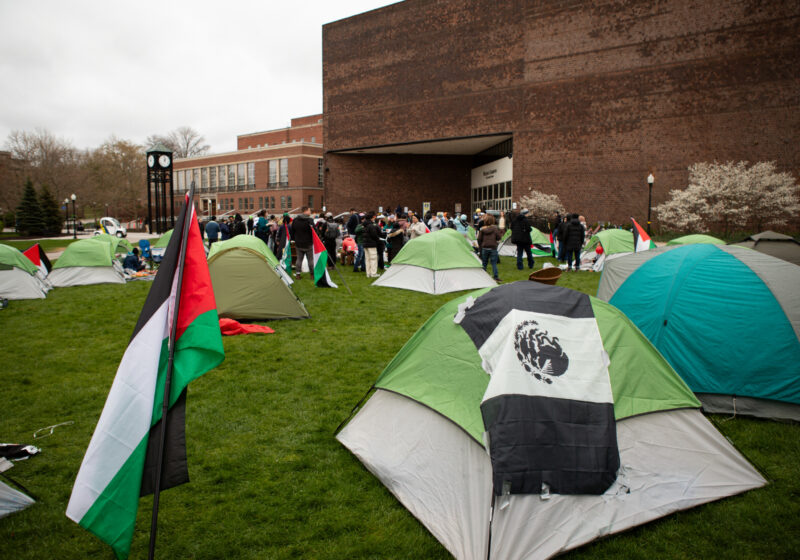In an age where everything is super-powered and high-speed, life can be a blur of events. For many, the symphony is a way to escape the high-tech world and relax with something that isn’t digitally-powered or computer-operated. Audiences are expected to sit down, relax and quietly flip through the program notes.
The problem is that many people do not understand what is going on, and others would like a deeper understanding. These people stay ashamedly in silence, and try to make sense of their concertgoing experience.
Fortunately, that will change with a new handheld electronic music guide that can display information about the ensemble or soloist as well as music that is being performed in real time.
The “Concert Companion” is still being tested, but is already generating buzz around the classical music community. Though it may ring sour with purists, it may increase music appreciation among concertgoers who do not know the difference between “crescendo” and “piccolo.”
The “Concert Companion” was conceived by former Kansas City Symphony Orchestra executive Roland Valliere. His intention was to create a musical roadmap, so to speak.
During a performance, the “Concert Companion” will alert a listener to instrumental solos or a theme. A user can also switch to a different setting that will give him a detailed description of the history of a piece of music. For example, a user can read that Beethoven’s “Third Symphony” was originally dedicated to Napoleon.
The “Concert Companion” has been tested by small groups, including one in upstate New York at the Saratoga Performing Arts Center. The prototype for the “Concert Companion” uses the Sony “Clie,” a handheld computer, although Valliere intends to have a device that is specifically for the Concert Companion. Concertgoers should be able to rent them for about $10 a performance.
“The three words I hear most about symphonies is that they’re elitist, irrelevant and boring,” Valliere said. “This device attacks all of those things. It makes the music accessible and relevant… It’ll heighten and deepen the emotional experience.”
Many students feel that the “Concert Companion” is a good idea.
“The ‘Concert Companion’ could attract listeners to concerts for its novelty value, but by doing so, could cultivate long time lovers of classical music. I really think that this is a good thing,” senior Rajiv Bhatnagar said.
So far, the feedback for the “Concert Companion” has been mostly positive.
Valliere is working with two software companies – Tribework Inc. and Kinoma Inc. – as well as University of California at Los Angeles music professor Robert Winter. He hopes that the “Concert Companion” will do for classical music what audio tours did for the visual arts.
Many symphonies are struggling because of the poor economy. Donations are thinning and concert ticket sales are waning. Arts education is suffering due to tight budgets and lack of funds.
According to a 2002 study by the Knight Foundation, 30 percent of Americans have some kind of relationship with classical music, but only 25 percent of those people would ever consider going to a classical concert.
Many orchestras are trying to improve the concert experience. The Atlanta Symphony plays a short video about the composers before performances. The New York Metropolitan Opera offers translations in several languages on the backs of seats. The device may be available as early as next summer.
Jack McAuliffe, chief operating officer of the American Symphony Orchestra League – an umbrella organization for most of the nation’s orchestras – likes the idea of the “Concert Companion.”
“This is really an innovative approach to a solution that has been eluding people for a long time,” McAuliffe said.
“I think it is a great idea. It would definitely give the public a far better understanding of classical music,” sophomore Chelsea Bonagura said. “Even as a musician myself, I would [use it] during a concert. I think it would add to any musical experience.”
Gorode can be reached at kgorode@campustimes.org.


